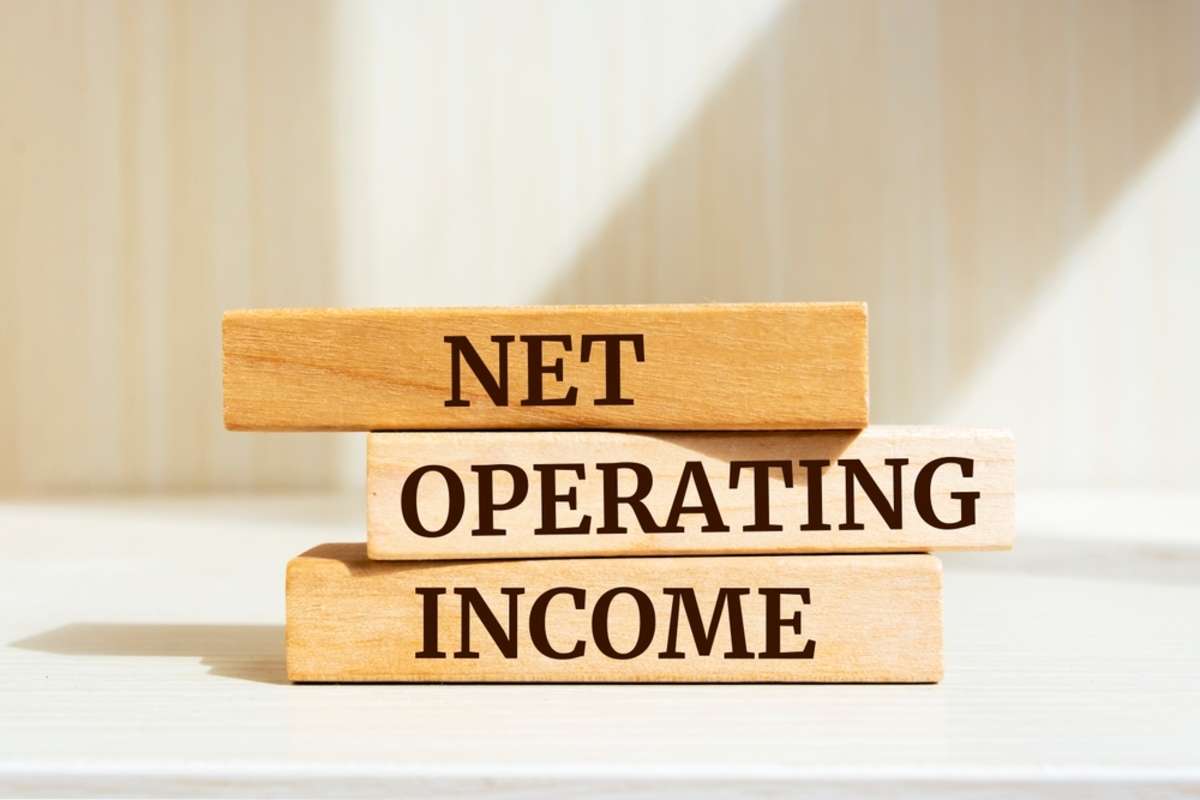
Chicago Commercial Real Estate: 7 Investment Terms to Know
Mark Meskauskas
11 July 2023

Subscribe Newsletter

Research and education aren't always deep studies and complex equations. Sometimes, it's as simple as clearly understanding the basics.
When it comes to commercial real estate, there's a world of jargon and property-specific terms that those in the industry, such as property management commercial groups, will use and refer to. Understanding these terms gets you one step further to realizing your commercial real estate investment dream. It can help clear any confusion so you can invest confidently and securely.
Today we examine seven key commercial real estate investment terms every investor should know. Plus, we'll look at an easy way to access great commercial real estate deals by partnering with a trusted group that's done their homework.
Often shortened to 'cap rate,' the capitalization rate is one of, if not the most commonly referenced metric when assessing the profitability (rate of return) of a real estate asset such as an office or industrial building.
The cap rate is determined by dividing the net operating income (NOI) by the purchase price. However, it's important to remember that a cap rate does not factor the mortgage, financing (leverage), and other considerations into the equation. Due to this, it is a metric often used as a quick comparison or for a general snapshot of an asset's profitability.
The higher the cap rate, the higher the perceived risk of the property, whereas a lower cap rate is the contrary.
For example, an asset purchased for $2,000,000 with a net operating income of $200,000 would have a cap rate of 10%. The formula is $200,000/$2,000,000) = 0.1 (or 10%).
Cash-on-cash return measures what it describes: the cash coming into the investor relative to the cash invested into the asset.
It could be more easily understood as the return on investment (ROI) calculated by dividing your cash flow against your initial investment. The cash-on-cash return shows the cash return based on the actual equity of an investor. As a result, it is a useful measure, especially when multiple investors are in a deal.
For example, if you invest $300,000 in a commercial property and receive an annual cash flow of $15,000, the cash-on-cash return would be 7.5%. The formula for this is $15,000/$300,000) = 0.75 (or 7.5%).
The debt service coverage ratio is a financial measure utilized by lenders to determine whether a property will generate sufficient income to cover the debt obligations.
For example, a Chicago commercial real estate group may syndicate a deal and require capital to get it off the ground. Due to this, the lender wants to know that there will be sufficient money to pay off the loans and, hopefully, some left over!
Debtors look for a coverage ratio of 1.2 or more. This is calculated by dividing the net operating income (NOI) by the debt service payments.
For example, a property with an NOI of $100,000 and debt obligations of $80,000 would have a DSCR of 1.25. The formula for this is $100,000/$80,000) = 1250 (or 1.25).
Net operating income (NOI) refers to gross rental income minus expenses, excluding taxes, mortgage repayments, and depreciation. 
Net operating income provides a good idea of the overall profitability of a deal, and it can indicate future value and highlights monthly cash flow.
Leverage is a common phrase used in real estate and finance to use borrowed funds from a lender to finance a deal. This can be a powerful tool for wealth acquisition but also a risk.
It's best to consult with property management Chicago specialists or financial consultants to talk through the best leverage options for your CRE investment plans.
Vacancy rate is the percentage of available spaces (often units) in a real estate asset. The higher the vacancy rate, the lower the asset's perceived desirability and cash flow.
This metric is used to determine the demand and risk of a real estate asset. It is the opposite of the occupancy rate.
To calculate the vacancy rate, use this formula: (number of vacant units / total units) x 100.
Appreciation is the increase of a property's value over time. The more a property appreciates, the greater the returns and the higher the sale price at the end of the deal.
Knowledge is power when it comes to commercial real estate investing. Understanding these seven commercial real estate investment terms is essential for a stronger knowledge of commercial real estate and how it functions. 
Consulting or partnering with experts such as a commercial property management company and financial advisors is always recommended to unlock further insights and guidance to help with your unique investment needs and understanding. If you're interested in learning more about how the terms we've mentioned today apply to your CRE strategy, reach out to our team here at Brian Properties! We have the experienced and knowledge investors need when analyzing the Chicago commercial real estate market.
For immediate insights into Chicago property management services for your commercial assets, request an exclusive copy of our free resource, "The Ultimate Guide to Commercial Property Management in Chicago."
As the third biggest city in the country and a fundamental transport and economic hub, the Chicago market and its commercial real estate market is an...
Your commercial real estate lease agreement contains everything from rental amounts to the rules and requirements for operating a business in your...
Building a strong landlord-tenant relationship is an essential component of successful commercial property ownership. It can lead to better...